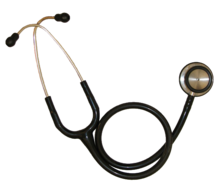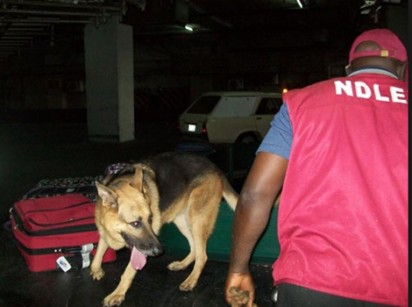HOW SEMEN CAN PREVENT HIV TRANSMISSION


HOW SEMEN CAN PREVENT HIV TRANSMISSION
Semen can transmit HIV as well as prevent its transmission scientists at The Wistar Institute and the University of Puerto Rico have found.
They say frequent and sustained semen exposure can change the characteristics of the circulating and vaginal tissue immune cells that are targets for infection, reducing the susceptibility to a future HIV infection.
This finding, published in the journal Nature Communications, also provides a potential explanation as to why a small number of female sex workers worldwide continue to test negative for infection despite continuous high-risk sexual activity.
The research provides evidence that exposure to semen triggers changes that boost resistance to HIV, but researchers warn that this shouldn’t be used as an excuse to engage in unsafe sex.
In a 2015 study, sex workers tested negative to HIV despite consistent HIV risk through sex without condoms.
Based on the incidence of HIV in the community, they had almost certainly been exposed to the virus many times. “While HIV infection has been with us for more than 30 years, this is the first study that describes how semen exposure over time could result in local tissue changes that limit HIV infection in humans,” said Dr. Luis Montaner, lead author of the new study.
“Apart from defining a new factor that may regulate HIV transmission, this unexpected finding could directly impact the design of future HIV vaccine studies that commonly recruit female sex workers.
Currently, condomless sex is assumed to only promote the likelihood of infection.
Our observation, however, raises the hypothesis that frequent semen exposure may potentially reduce HIV transmission.
“This research clearly shows the valuable information the macaque model can provide when used to study what may determine HIV infections in humans,” said Edmundo Kraiselburd, professor at the University of Puerto Rico who co-directed the research project and supervised the use of non-human primates from the Caribbean Primate Research Centre.
In the study, animals were exposed to semen twice a week over 20 weeks with or without inactivated particles of the simian immunodeficiency virus, SIV – an HIV-like virus that infects primates and causes a disease similar to AIDS; after this conditioning period, they received low-dose intravaginal SIV challenges.
Semen-exposed animals showed a 42 percent decrease in the risk of infection.
Scientists analyzed specific markers of immune activation in the cervicovaginal microenvironment and in the bloodstream. On circulating CD4+ cells, semen conditioning was associated with lower expression of the CCR5 receptor, which acts as a binding site for HIV to enter its host cells, supporting the observation of a lower susceptibility to SIV vaginal challenge.
Furthermore, semen-conditioned animals had higher levels of the CCL5 cytokine, a natural HIV-suppressive factor, in the cervicovaginal compartment in response to SIV challenge.
Additionally, repeated semen exposure resulted in elevated cervicovaginal tissue levels of antiviral factors and protection of human cells from bacterial and viral pathogens. It was noted that semen-treated animals that remained uninfected after exposure to low viral amount became infected when subsequently challenged with high doses of virus, confirming that they were still susceptible to infection and that repeated semen exposure provides only partial protection and does not block HIV infection.
“Importantly, we show that semen exposure can promote host resistance but does not protect against infection,” said Montaner.
“Therefore, our data do not change the fact that prevention methods, such as condom use and pre-exposure prophylaxis, PrEP, remain our best strategies to prevent infection.
@ Vanguard Newspaper





